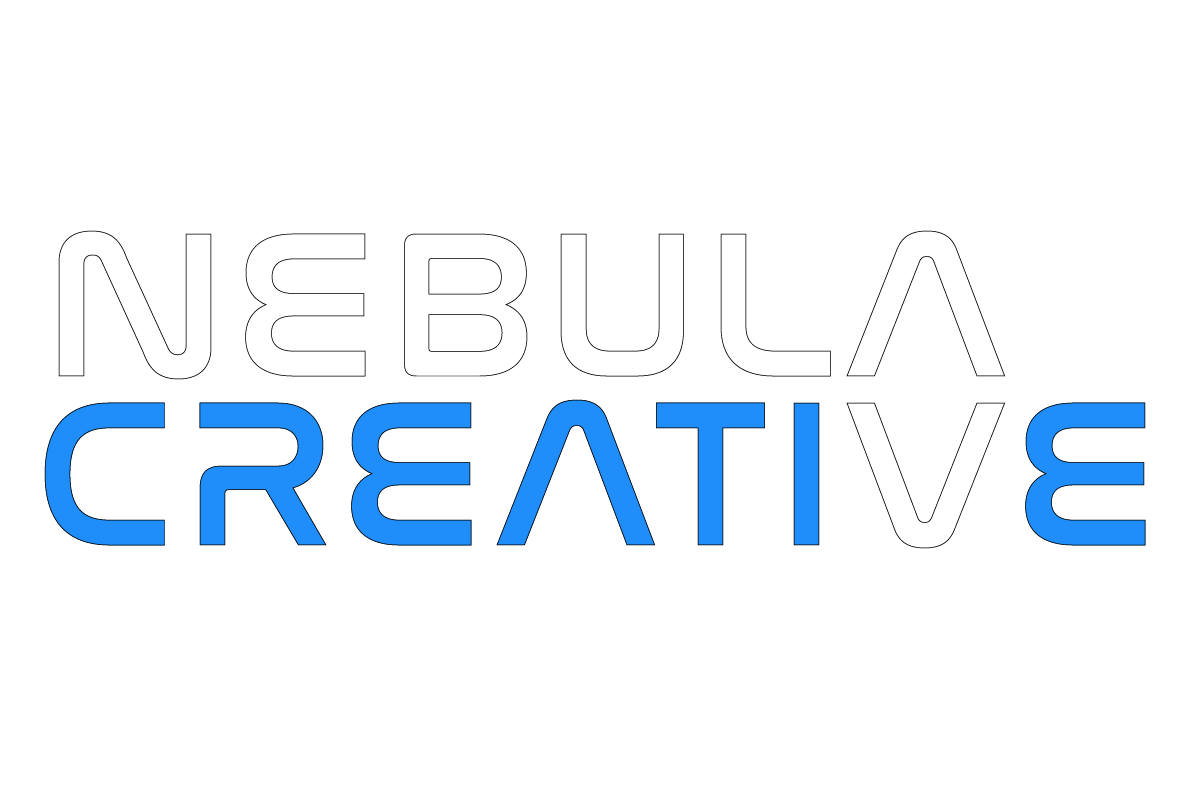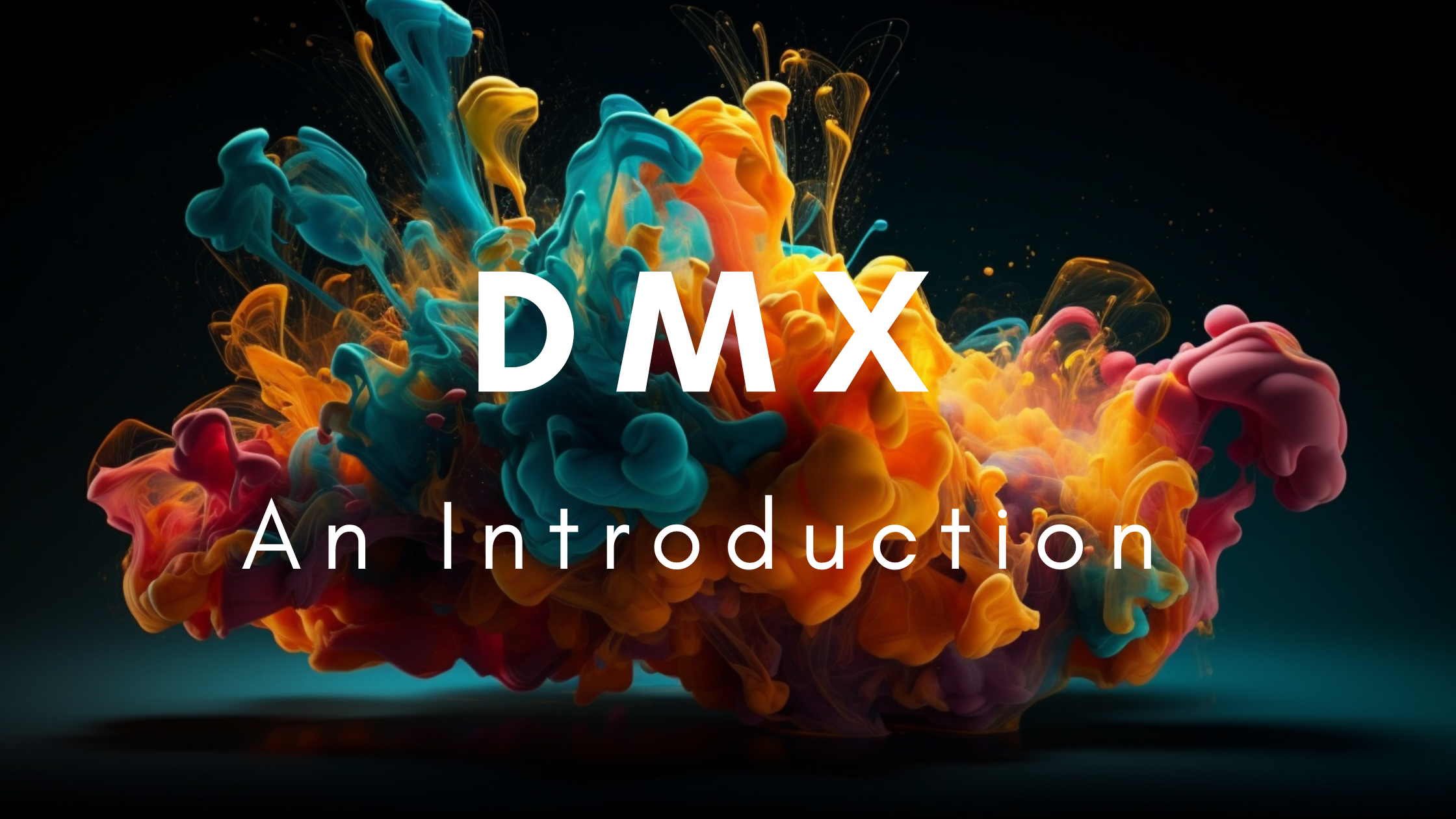Event Lighting: What is DMX?
In today’s digital world, the field of lighting control has evolved significantly, enhancing the way lighting effects are controlled and implemented. One such technology that has become integral to the world of lighting is DMX. But what exactly is DMX, and why is it essential? This article aims to provide a comprehensive understanding of DMX, covering its definition, advantages, applications, components, troubleshooting, current trends, and future outlook.
Understanding DMX
DMX, short for Digital Multiplex, is a communication protocol that allows for the control of lighting fixtures and effects. It provides a standardized method for transmitting control commands from a controller or console to various lighting devices, enabling precise control over their intensity, color, position, and other parameters. DMX was initially developed in the 1980s as a replacement for analog control systems, providing a more robust and versatile solution.
Advantages of Using DMX
One of the key advantages of using DMX is the increased control and flexibility it offers. Unlike traditional analog control systems, DMX allows for individual control of multiple lighting fixtures simultaneously. This flexibility enables lighting designers and technicians to create intricate lighting setups and dynamic effects with ease. Additionally, DMX allows for real-time adjustments during performances or events, providing a seamless and immersive lighting experience.
Another significant advantage of DMX is its efficient use of lighting fixtures and effects. By utilizing DMX, each lighting fixture can be assigned a unique DMX address, allowing for precise control over its parameters. This level of control ensures that lighting fixtures only consume power and activate when necessary, resulting in significant energy savings. Furthermore, DMX allows for the creation of complex lighting scenes and effects by triggering multiple fixtures simultaneously, enhancing the overall visual impact.
DMX also excels in its ability to seamlessly integrate with other technologies. For example, DMX-compatible software and hardware can be synchronized with audio systems, video projections, or stage automation, creating a synchronized and harmonious visual and auditory experience. This integration opens up endless possibilities for creative expression and enables lighting designers to synchronize their lighting effects with other elements of a performance or event.
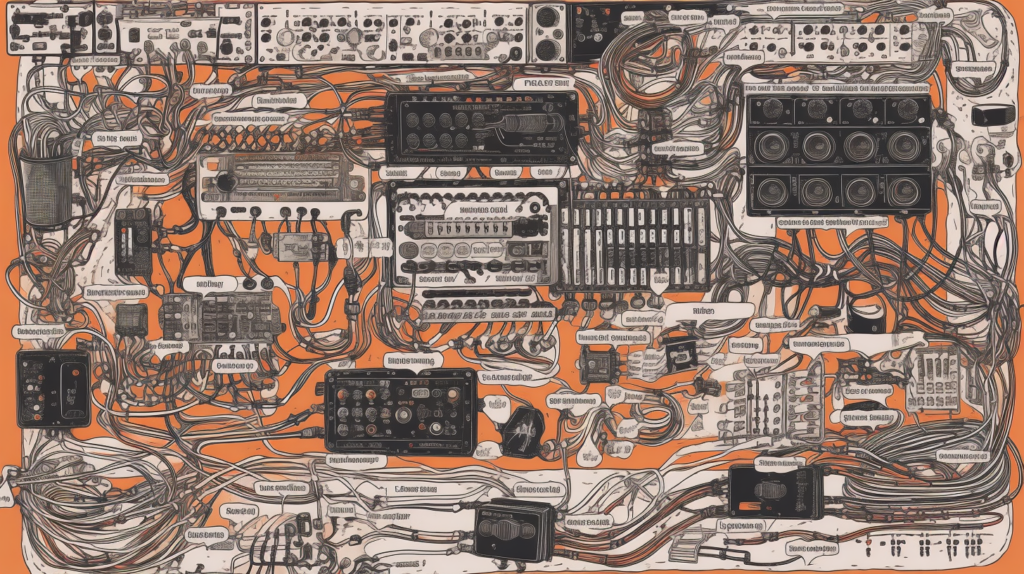
Common Applications of DMX
DMX finds extensive use in various industries and settings due to its versatility and precision control capabilities. Some of the common applications of DMX include:
1. Live events and concerts
DMX is widely employed in live events and concerts to control the lighting of stages, performers, and the overall ambiance. It allows for seamless transitions between different lighting setups, enhances dramatic moments, and creates immersive experiences for the audience.
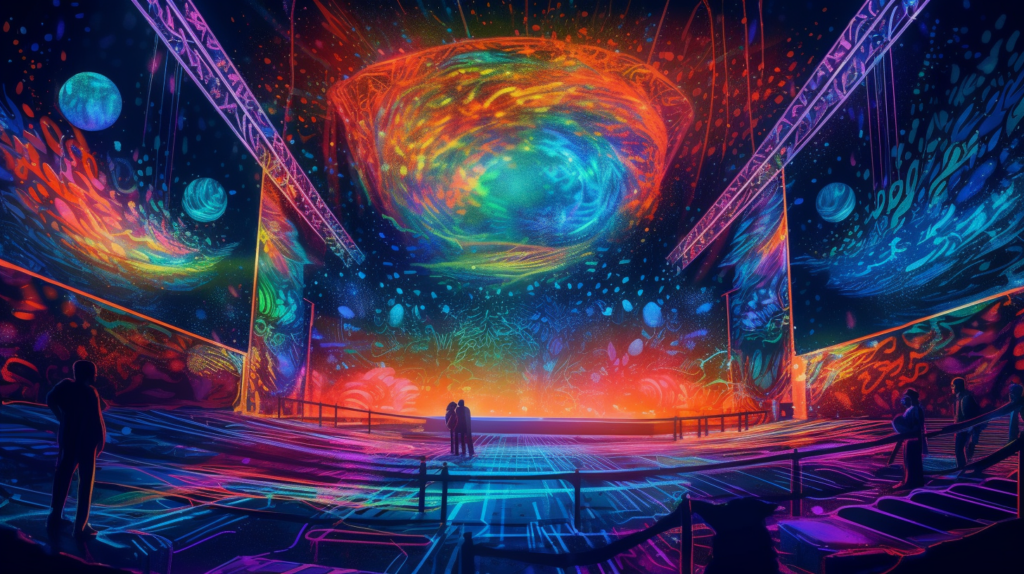
2. Theatrical performances and stage lighting
In theater productions, DMX enables lighting designers to precisely control the lighting effects to support the narrative and evoke emotions. From simple spotlights to complex color-changing setups, DMX provides the tools necessary to create captivating visual displays.
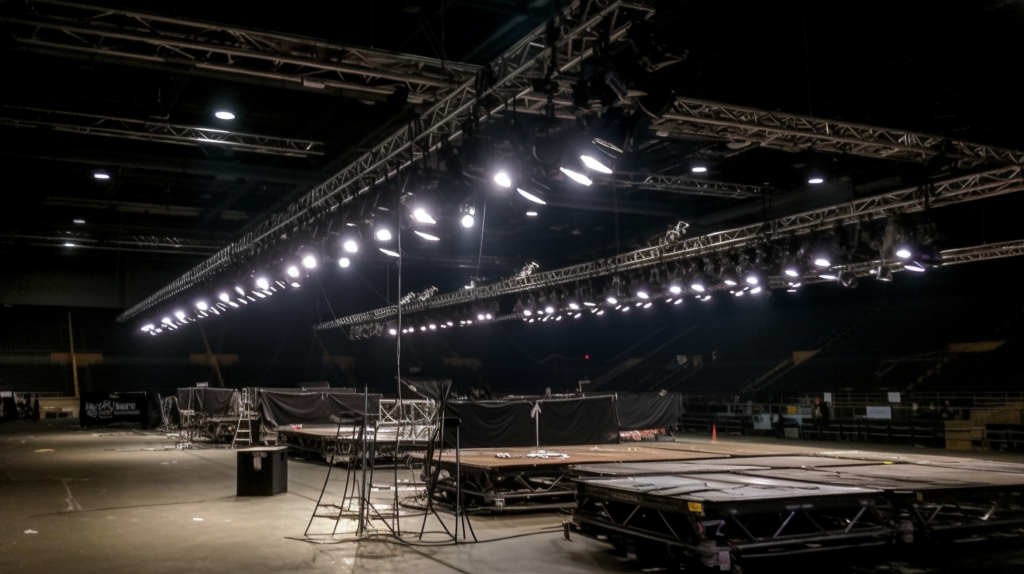
3. Architectural lighting and installations
DMX is also used in architectural lighting setups, such as lighting facades, building interiors, or public spaces. It enables the creation of dynamic lighting scenarios that can enhance aesthetics, provide visual cues, or highlight specific architectural features.
4. Film and television production
In the film and television industry, DMX is commonly used to control lighting setups on sets or elaborate lighting effects during shoots. It allows for precise adjustments and coordination of lighting conditions, ensuring optimal visibility and desired atmospheres.
DMX Components and Setup
To implement DMX effectively, several key components are required. These include DMX cables, connectors, controllers, consoles, and fixtures.
DMX cables and connectors
DMX cables are used to transmit the control signals from the controller or console to the lighting fixtures. It is crucial to use high-quality shielded cables to minimize interference and signal degradation. The most common connector used in DMX setups is the XLR connector, which ensures a secure and reliable connection.
DMX controllers and consoles
DMX controllers and consoles act as the central command hub for managing the lighting fixtures. They provide the interface through which lighting scenes, effects, and parameters can be programmed and adjusted. DMX controllers can range from simple handheld devices to advanced computer-based software.
DMX fixtures and devices
DMX-compatible lighting fixtures and devices receive and interpret the control signals sent through the DMX protocol. These can include spotlights, moving lights, LED fixtures, fog machines, and other lighting effects. Each DMX fixture is assigned a unique DMX address, allowing it to be controlled independently or as part of a group.
Setting up a basic DMX system
To set up a basic DMX system, begin by connecting the DMX controller to the DMX fixtures using the appropriate cables and connectors. Ensure proper addressing of the fixtures by assigning unique DMX addresses to each fixture. Once connected, programming software or the console’s interface can be used to create lighting scenes and effects, adjusting parameters as desired.
Programming DMX
Programming DMX involves assigning various lighting parameters, such as intensity, color, movement, and timing, to individual lighting fixtures. Some essential aspects of DMX programming include:
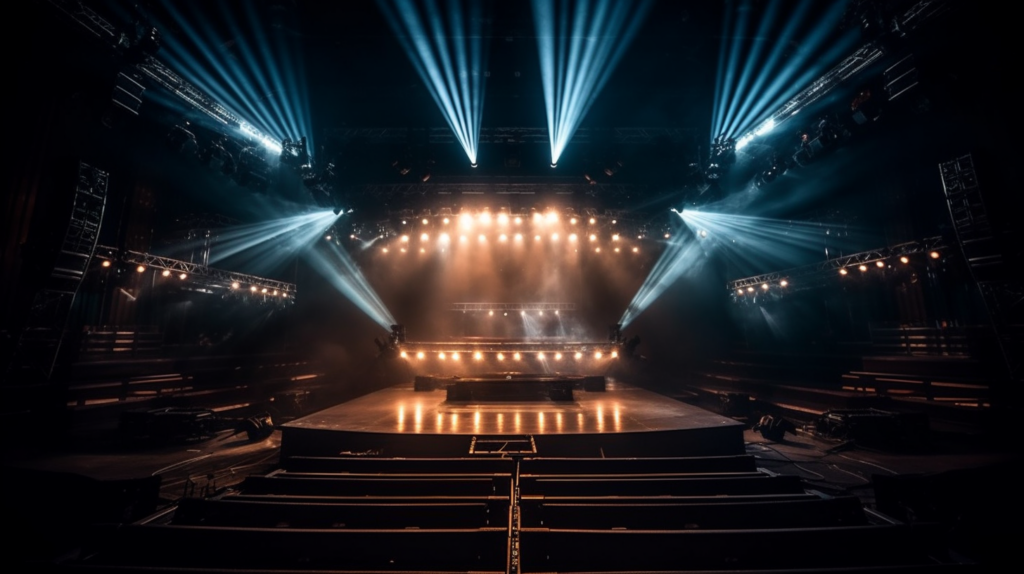
Understanding DMX channels and addresses
In DMX, each lighting parameter is assigned to a channel. For example, the intensity of a light fixture may be controlled by channel 1, while the color may be controlled by channel 2. Each lighting fixture is assigned a DMX address, which determines the starting channel for controlling that particular fixture.
DMX programming software and tools
DMX programming software and tools provide a graphical interface for creating lighting scenes and effects. These software applications allow users to assign specific values to channels, create transitions between lighting states, and define complex sequences.
Creating lighting scenes and effects
Lighting scenes are pre-programmed setups that can be recalled at any time. These scenes can range from simple static lighting states to intricate dynamic effects. DMX programming software allows for the creation of scenes by adjusting the values of various channels and saving them for later use.
Customizing DMX programming for specific needs
Advanced DMX programming techniques can be employed to create customized lighting effects, such as synchronized movements, dynamic color changes, or complex visual patterns. DMX tools provide options to manipulate timing, fade rates, and other parameters to achieve the desired effect.
Troubleshooting DMX
Despite its advantages, DMX systems may encounter certain issues that can disrupt or hinder the proper functioning of the lighting setups. Some common troubleshooting steps include:
Common issues with DMX
Common issues with DMX can include flickering lights, unresponsive fixtures, incorrect color or intensity output, or loss of signal. These issues can result from faulty connections, incorrect addressing, incompatible equipment, or configuration errors.
Tips for troubleshooting DMX problems
When troubleshooting DMX problems, it is essential to ensure proper cable connections and secure connections between fixtures and controllers. Addressing issues can be resolved by double-checking and adjusting DMX addresses as required. Additionally, verifying compatibility between fixtures, controllers, and software versions can help identify and resolve any compatibility issues.
Fixing faulty connections and addressing issues
Faulty DMX cables or connectors can cause various issues. Replace any damaged cables or connectors and ensure proper termination of the DMX line. If addressing issues occur, consult the fixture’s user manual or consult with the manufacturer to determine the correct addressing procedure and resolve any conflicts.
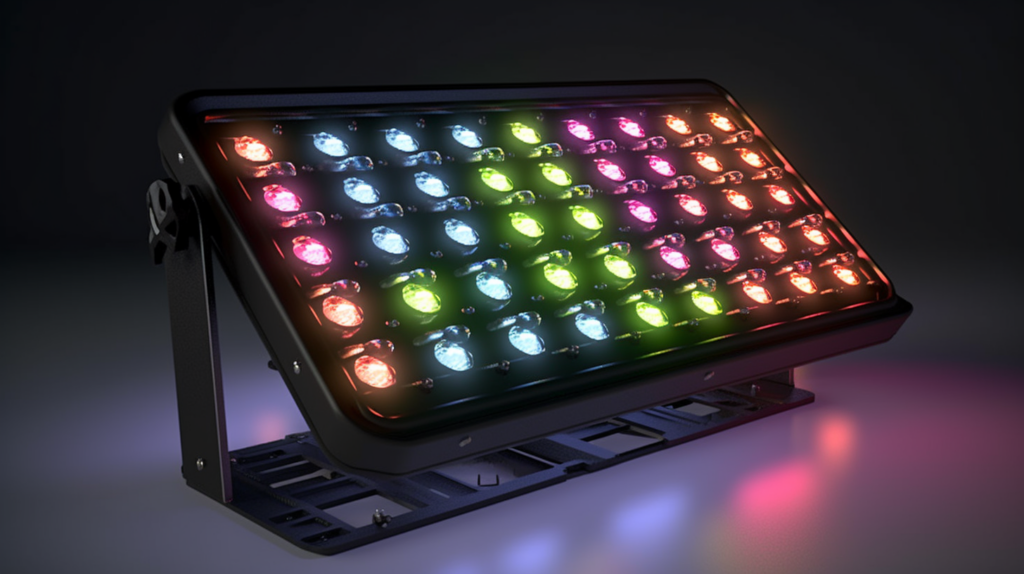
Current Trends in DMX
DMX continues to evolve and adapt to changing technological landscapes. Some current trends and advancements in DMX include:
Advancements in DMX technology
Ongoing advancements in DMX technology have led to improved reliability, increased data transfer rates, and enhanced compatibility. These advancements allow for larger and more complex DMX setups and enable smoother control of intricate lighting effects.
Wireless DMX solutions
Wireless DMX solutions have gained popularity, eliminating the need for physical cables and allowing for more flexible and dynamic lighting setups. Wireless DMX systems use radio frequency or Wi-Fi-based communication, providing freedom of movement and reducing installation complexity.
Integration with smart lighting systems
With the rise of smart lighting systems, DMX is being integrated with these technologies to create seamless control and synchronization. This integration allows DMX-controlled lighting fixtures to be integrated into broader automation systems and controlled through voice commands or smartphone applications.
Best Practices for DMX Implementation
To ensure optimal performance and longevity of a DMX setup, it is crucial to follow certain best practices. These include:
Planning and organizing DMX setups
Before implementing a DMX system, proper planning and organization are essential. This includes identifying the desired lighting fixtures, determining their positions, and mapping out the DMX addressing scheme. Adequate preparation helps minimize troubleshooting and ensures a more efficient setup process.
Proper cable management and labeling
To simplify maintenance and troubleshooting, it is essential to organize and label DMX cables effectively. Proper cable management reduces cable clutter, minimizes the risk of cable damage, and simplifies any future modifications or additions to the DMX setup.
Regular maintenance and updates
Like any technology, regular maintenance and updates are crucial for maintaining optimal DMX performance. This can involve checking cable connections, addressing conflicts, updating software and firmware, and keeping track of any advancements or changes in DMX standards.
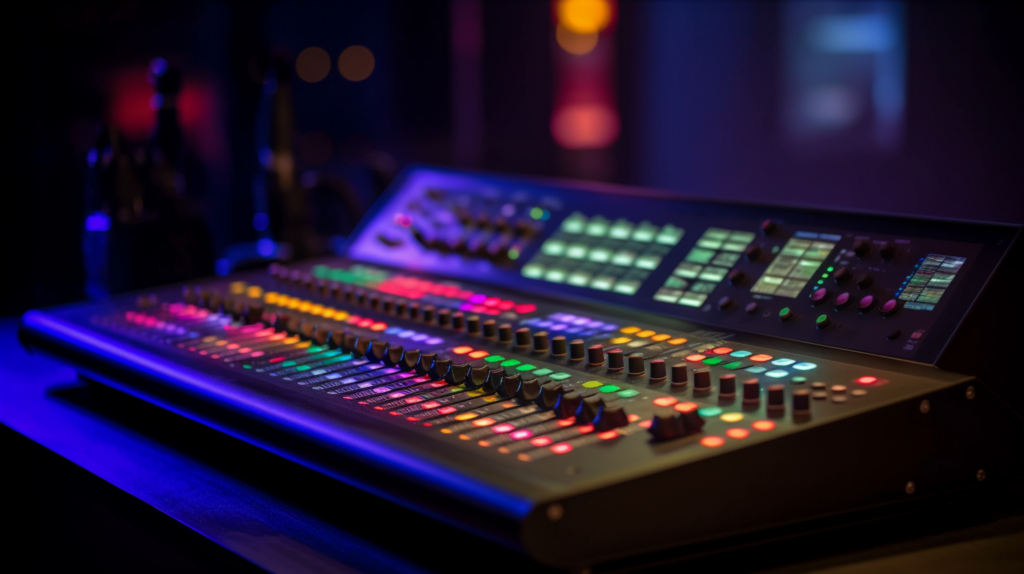
Future Outlook of DMX
The future of DMX holds immense potential for further growth and integration into various industries. Some possible directions for DMX include:
Evolving trends and innovations
As technology continues to advance, DMX will likely adapt and incorporate new features and capabilities. This could include improved wireless communication, enhanced data transfer rates, and comprehensive compatibility with emerging technologies.
Potential applications of DMX in other industries
While DMX is primarily associated with the lighting industry, there is potential for its integration into other industries. Examples include architectural automation, interactive installations, virtual reality environments, and more. The adaptability and versatility of DMX make it a viable solution for various applications beyond traditional lighting control.
Integration of DMX with automation and artificial intelligence
Integrating DMX with automation systems and artificial intelligence holds promising possibilities for enhancing lighting control capabilities. By combining DMX with automation and AI algorithms, lighting setups could intelligently respond to specific conditions, create dynamic lighting effects, and adapt in real-time to user preferences or environmental factors.
Conclusion
DMX has revolutionized the field of lighting control, providing professionals and enthusiasts alike with the tools to create captivating lighting displays. Understanding DMX’s fundamental concepts, advantages, and various applications allows individuals to harness its power effectively. With ongoing advancements and future opportunities, the world of DMX continues to expand, bringing innovation and creativity to the forefront of lighting design.
FAQs
1. What does DMX stand for?
- DMX stands for Digital Multiplex, which is a communication protocol used to control lighting fixtures and effects.
2. Is DMX limited to professional settings?
- While DMX is commonly used in professional settings like live events and theater productions, it can also be utilized in smaller setups or personal projects.
3. Are there any alternatives to DMX?
- Yes, there are alternative protocols such as Art-Net and sACN (Streaming ACN) that offer similar functionalities to DMX.
4. Can DMX be used for controlling other devices besides lighting?
- DMX is primarily designed for lighting control, but it can also be used to control other devices such as fog machines, motors, and audio equipment.
5. Is DMX programming difficult to learn?
- While DMX programming may initially seem complex, there are various resources available online, including tutorials and software, to help individuals learn and master the programming aspects.
